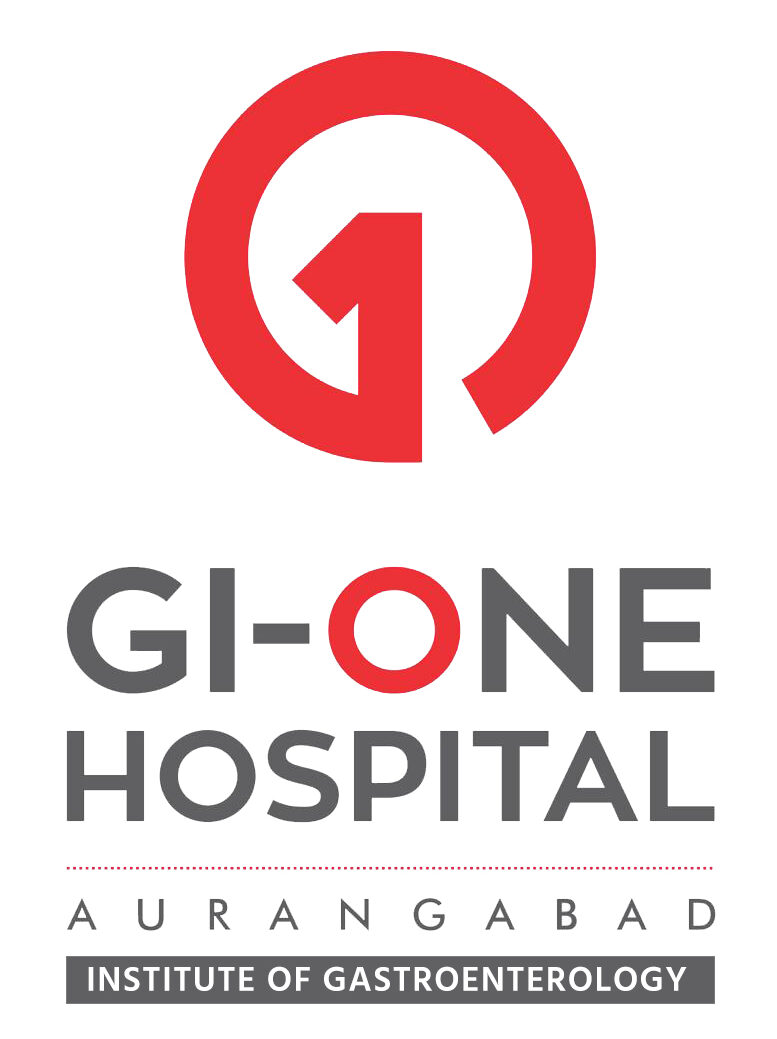Upper GI endoscopy
Also known as (esophagogastroduodenoscopy) is direct visualization of the upper intestinal tract using flexible video endoscope. The upper gastrointestinal tract begins with the mouth, upper esophageal sphincter and continues with the food pipe (esophagus) which carries food to the stomach and then enters the small bowel (duodenum), where bile from the liver and digestive juices from the pancreas mix with it to help the digestive process
Who needs Upper GI ENDOSCOPY?
You may need endoscopy to look for reasons for nausea, vomiting, and abdominal pain, difficulty swallowing and gastrointestinal bleeding. Same way it can help in confirming the ulcer, inflammation, bleeding varices, cancerous growth. Also patients of esophageal varices, bleeding ulcer, foreign body ingestion can be managed by therapeutic endoscopy.
Preparation
Don’t drink and eat up to eight hours before your endoscopy to ensure your stomach is empty for the procedure. You may have clear liquids until 5 hours before the procedure. If you have chronic conditions, such as diabetes, heart disease or high blood pressure or requiring ant other medicine, your doctor will give you specific instructions regarding your medications.
Procedure
Upper GI endoscopy is usually performed on an outpatient basis. The throat part is often anesthetized by a spray or liquid. At times intraavenous sedation is usually given to relax the patient and cause short-term amnesia. You may be asked to wear a plastic mouth guard to hold your mouth open. The endoscope is then gently inserted into the upper esophagus. The endoscope doesn interfere with your breathing, but you can talk during the endoscopy. Gentle air pressure may be fed into your esophagus to inflate your digestive tract. You may feel pressure or fullness from the added air. Other instruments can be passed through the endoscope to perform additional procedures if necessary like biopsy forcep, cautery, variceal ligation cylinder etc. During whole of the examination, our doctor record videos and images for later examination, reports. The exam takes from 5 to 10 minutes, after which the patient is taken to the recovery area. There is no pain with the procedure and patients seldom remember much about it. You'll be taken to a recovery area to sit or lie quietly after your endoscopy. You may stay for an hour or so.
Side effects if any
Once you’re at home, you may experience sore throat, gas, bloating for transient period. Serious risks with upper GI endoscopy, however, are very uncommon. However excessive bleeding can occur during polyp removal, variceal ligation etc procedures. These uncommon complications may require hospitalization and further treatment. Patients who have received sedation should not drive or operate machines and must be in accompany for 8 to 10 hours.
Alternative test or option
Other alternative test available are barium x ray, ultrasonography etc. but this don’t visualize food pipe, stomach directly. Also biopsies and other therapeutic modalities can’t be encorporated.

